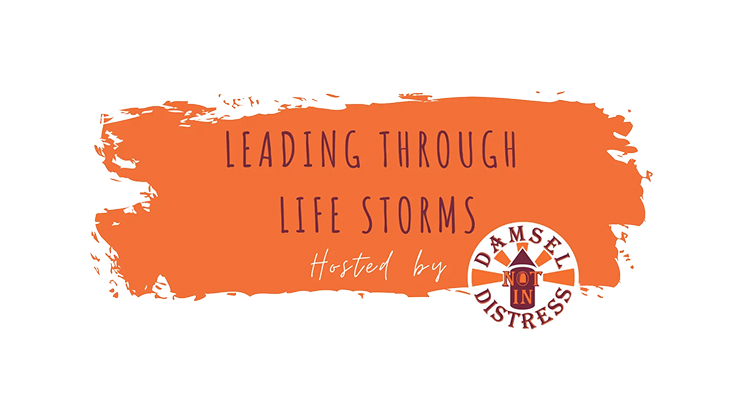
We can all have those days where we feel fatigued, depleted and stressed. However, if you experience these most of the time, this could indicate you’re at risk of burnout.
We all experience some levels of stress in our day-to-day lives. However, it becomes an issue if you’re constantly experiencing high levels of stress, every day.
As we continue with hybrid working, it’s important to be able to spot physical and mental symptoms of burnout as early as possible within your team and yourself too. Ignoring these symptoms could lead to health implications.
Burnout is gradual, it can creep up with subtle signs that become worse as time goes on. These initial signs are crucial red flags that need addressing. Paying attention to these can help you to actively reduce stress and detour from the burnout path.
What is Burnout?
In 2019, The World Health Organization identified burnout as an occupational phenomenon, it “is a syndrome conceptualized as resulting from chronic workplace stress that has not been successfully managed. It is characterized by three dimensions: feelings of energy depletion or exhaustion; increased mental distance from one’s job, or feelings of negativism or cynicism related to one’s job; and reduced professional efficacy.” 1
In addition, a recent survey found that “1 in 5 [workers] told us they felt ‘unable to manage stress and pressure in the workplace’.” 2
Highlighting the importance of managing stress and promoting wellbeing in the workplace and for yourself.
Here are some common early signs of burnout you should be aware of:
Exhaustion
This type of persistent fatigue is not relieved by rest, burnout can sap your energy and leave you feeling overwhelmed, cynical, helpless, resentful and even hopeless. You could also feel emotionally drained and physically run-down due to few opportunities to recover and restore balance.
Loss of Enthusiasm
Consistent feelings of stress and frustration can lead you to feel negativity towards your work. You no longer feel motivated to accomplish your tasks and begin to distance yourself. You could also have feelings of dread about work, which could lead to reduced productivity and work performance.
Physical Symptoms
Persistent stress can impact the body in multiple ways. It can show as headaches, migraines, back pain, digestive problems and skin problems. As stress also causes the body to release cortisol and adrenaline, which can also cause irritability, mood swings and difficulty sleeping.
These are just a few of the common signs of burnout. Many of these also impact every area of your life, making you vulnerable to illnesses such as colds and flu. As a result of the consequences of burnout, it’s so important to address and mitigate feelings of burnout right away.
Reducing Workplace Burnout
“The working arena has changed, but it appears the tactics to support colleagues has not. Our research found that just 23% of people knew what plans their employers had in place to help spot signs of chronic stress and burnout in employees.” 2
It’s now even more important to create a supportive workplace environment that can quickly recognise symptoms, reverse causes and build resilience within a team. Some great ways to do this include:
> Developing friendships with colleagues
> Taking regularly scheduled holidays, and switching off properly!
> Set boundaries to not overcommit to work
> Create a supportive work environment where individuals can address their mental health worries
Workplace Mental Health Education Courses
The best method to support your team, and yourself is to educate and set in place policies that encourage and support workplace wellbeing.
Our Mental Health Awareness Programme is popular with managers and those curious about knowing how to support colleagues. The course outlines signs and symptoms, how to have conversations and where to signpost. We always have a conversation ahead of the workshops to make sure there are good practices in place around supporting mental health.
If you’re looking to combat burnout in your workplace, get in touch to learn more about our courses and how we can support you!
Sources:




